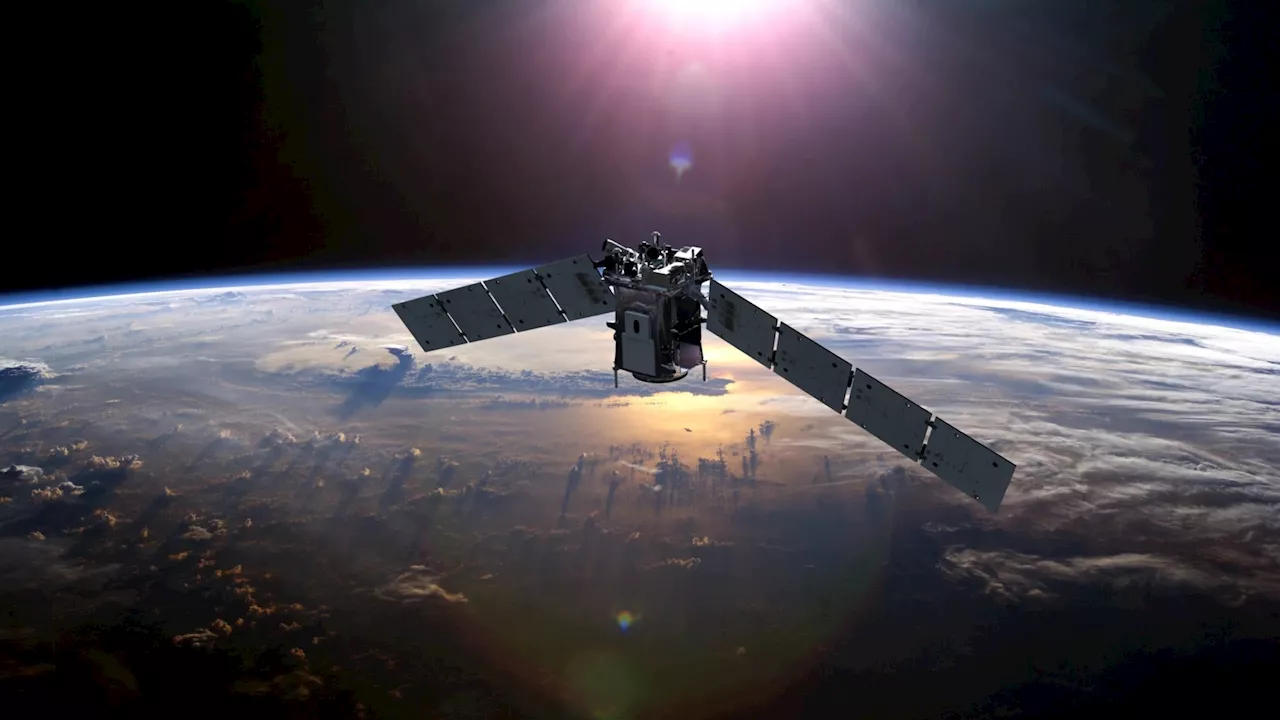Russian space debris almost collides with a NASA satellite. The incident highlights the risks of a rising number of space junk.
It would have created thousands of pieces of space shrapnel, leading to a destructive cascading effect in low Earth orbit.A new analysis of a near-miss for NASA’s TIMED satellite in February shows that debris came much closer than previously thought.
Had the two collided, it would have created thousands of tiny pieces of space debris. After that, this debris would have continued to fly around Earth’s orbit at tens of thousands of miles per hour. They could then smash and fragment other satellites or pieces of space junk, creating a cascading effect known as
During the 39th Space Symposium in Colorado Springs earlier this month, NASA Deputy Administrator Pam Melroy said, “We recently learned through analysis that the pass ended up being less than 10 meters apart — within the hard-body parameters of both satellites.”Space.com
United States Latest News, United States Headlines
Similar News:You can also read news stories similar to this one that we have collected from other news sources.
 Terrifying near-miss: Russian space junk almost destroys NASA satelliteRussian space debris almost collides with a NASA satellite. The incident highlights the risks of a rising number of space junk.
Terrifying near-miss: Russian space junk almost destroys NASA satelliteRussian space debris almost collides with a NASA satellite. The incident highlights the risks of a rising number of space junk.
Read more »
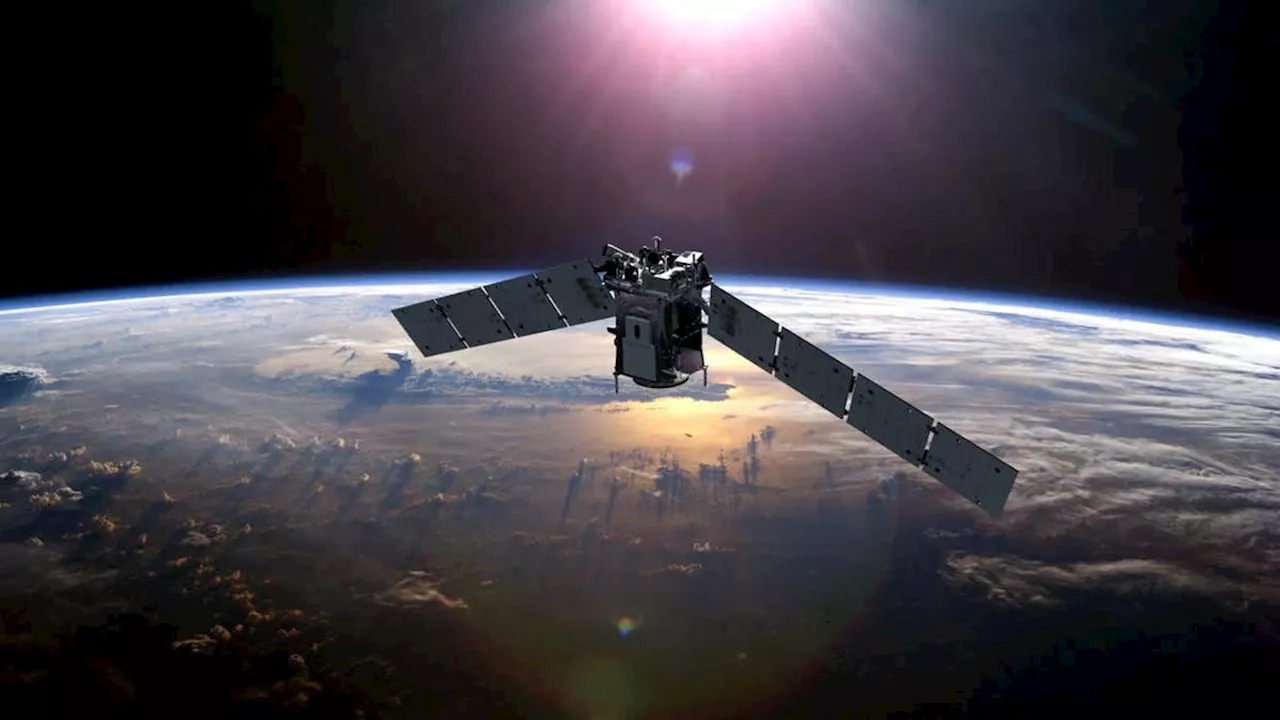 Russian Space Junk Came Alarmingly Close to Smashing Into NASA SatelliteThe two satellites came to within less than 30 feet of each other back in February, a distance far closer than initial estimates suggested.
Russian Space Junk Came Alarmingly Close to Smashing Into NASA SatelliteThe two satellites came to within less than 30 feet of each other back in February, a distance far closer than initial estimates suggested.
Read more »
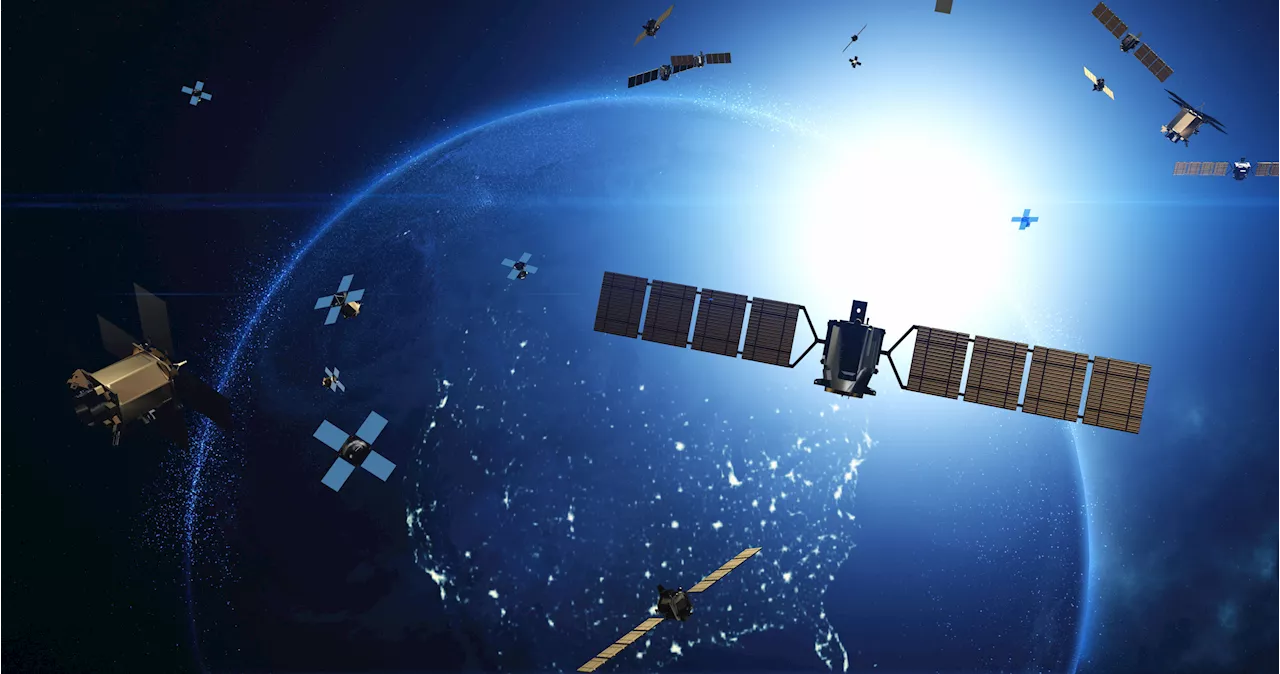 'Shocking': NASA and Russian Satellite Crash Closer Than Scientists Thought'Had the two satellites collided, we would have seen significant debris generation,' NASA Deputy Administrator Pam Melroy said.
'Shocking': NASA and Russian Satellite Crash Closer Than Scientists Thought'Had the two satellites collided, we would have seen significant debris generation,' NASA Deputy Administrator Pam Melroy said.
Read more »
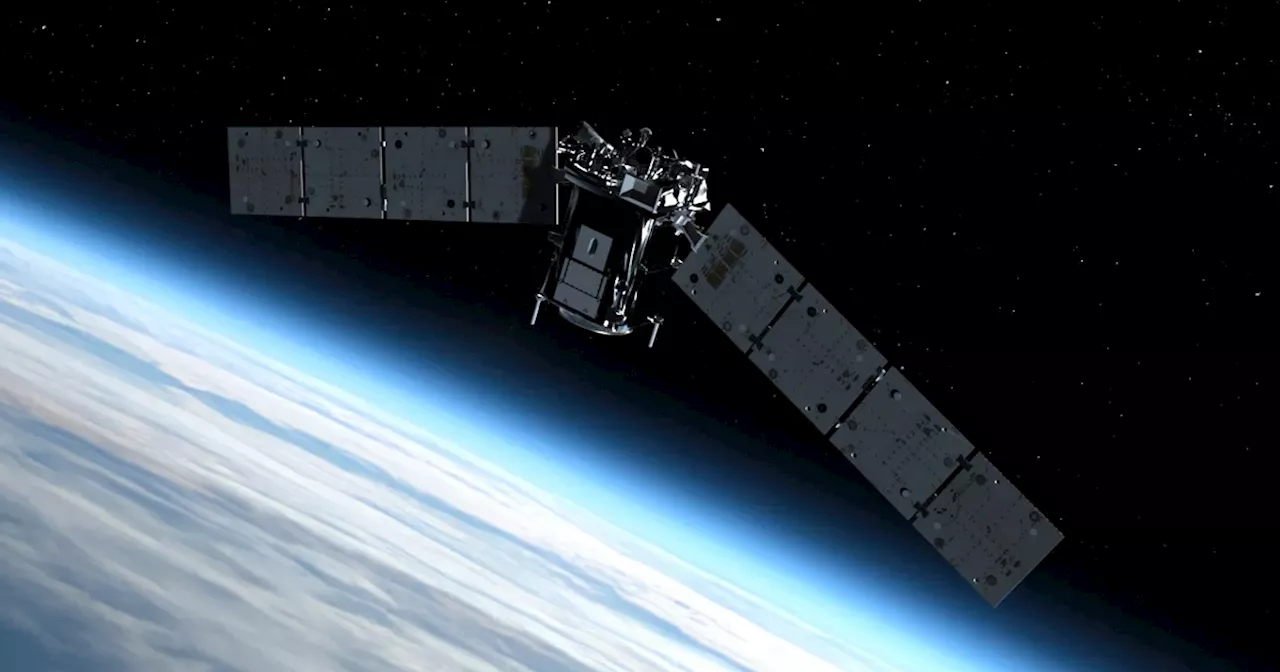 NASA Was 'Really Scared' When a Russian Satellite Almost Oblirated Its OrbiterScience and Technology News and Videos
NASA Was 'Really Scared' When a Russian Satellite Almost Oblirated Its OrbiterScience and Technology News and Videos
Read more »
 Russian Soyuz spacecraft brings crew of 3, including NASA astronaut, back to EarthLanding on the steppe of Kazakhstan completed the replacement of five long-duration space station fliers.
Russian Soyuz spacecraft brings crew of 3, including NASA astronaut, back to EarthLanding on the steppe of Kazakhstan completed the replacement of five long-duration space station fliers.
Read more »
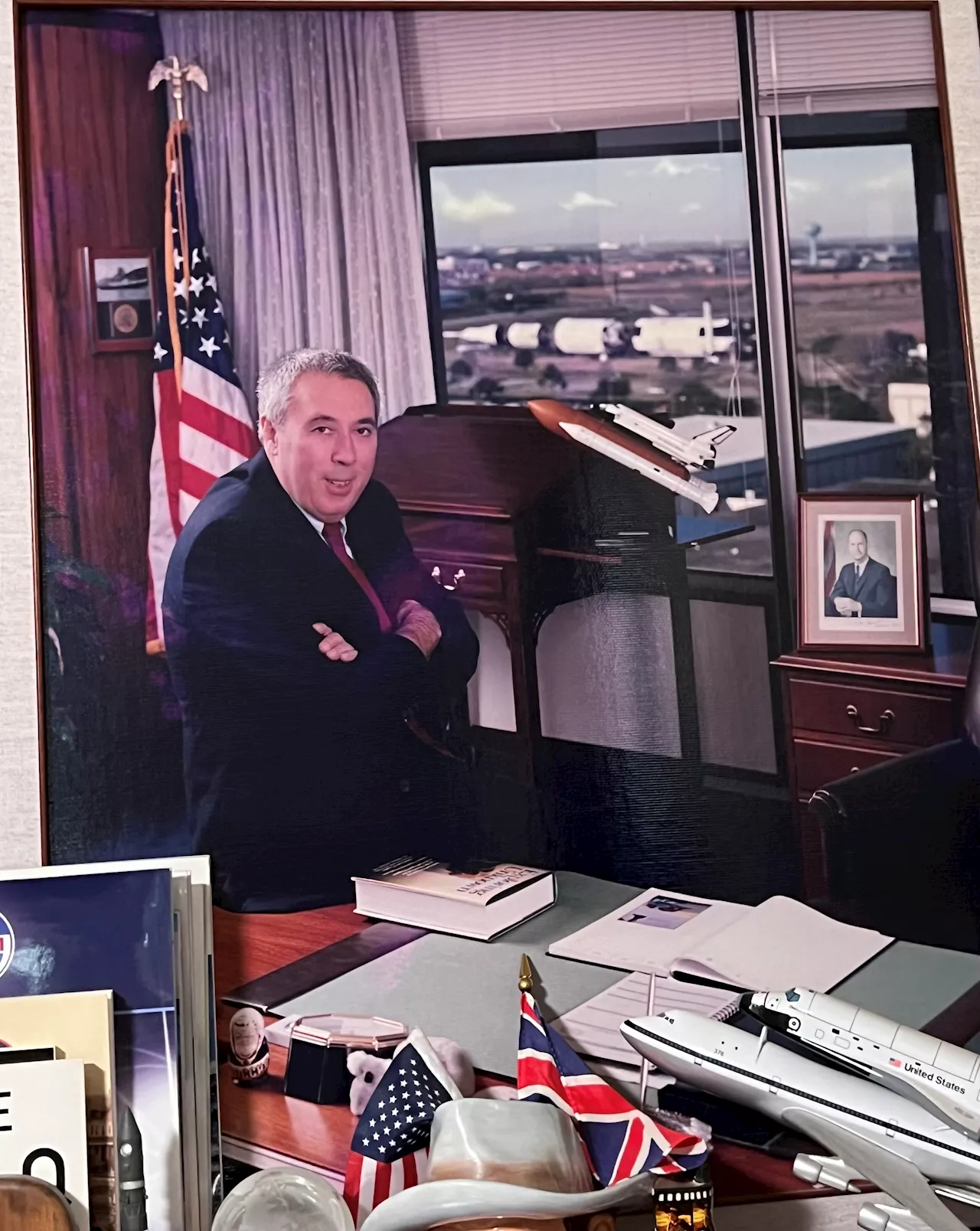 NASA Remembers Former NASA Johnson Director George W. S. AbbeyMarch 25, 2024
NASA Remembers Former NASA Johnson Director George W. S. AbbeyMarch 25, 2024
Read more »
